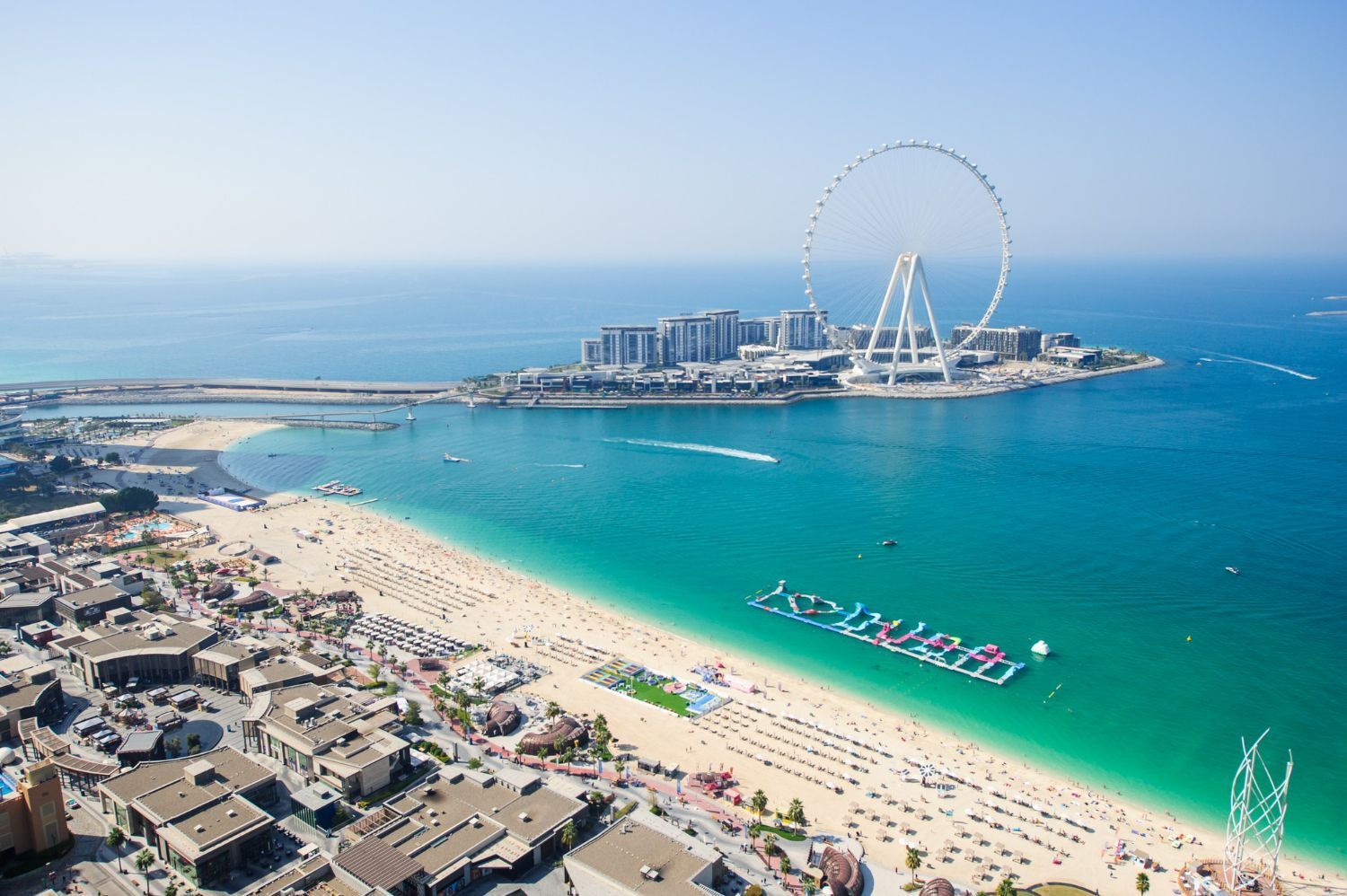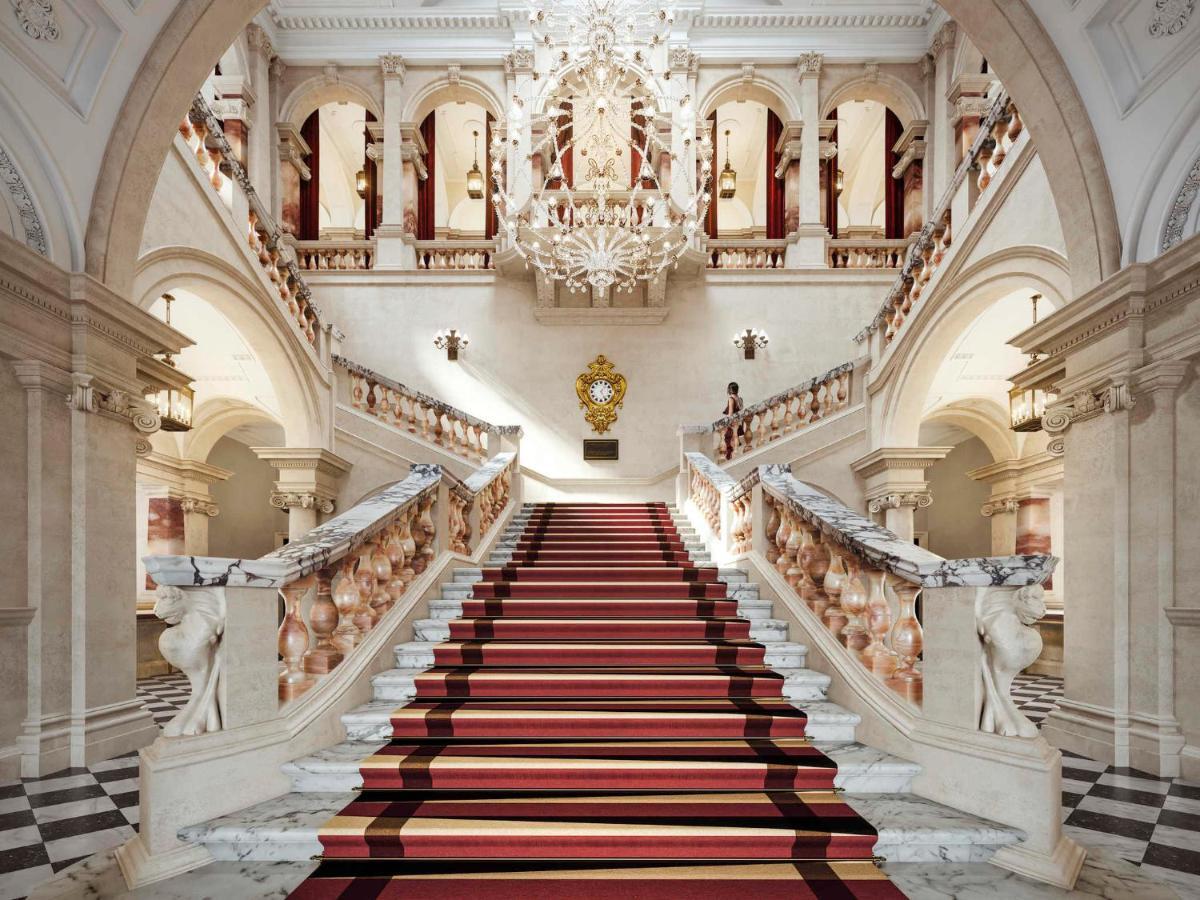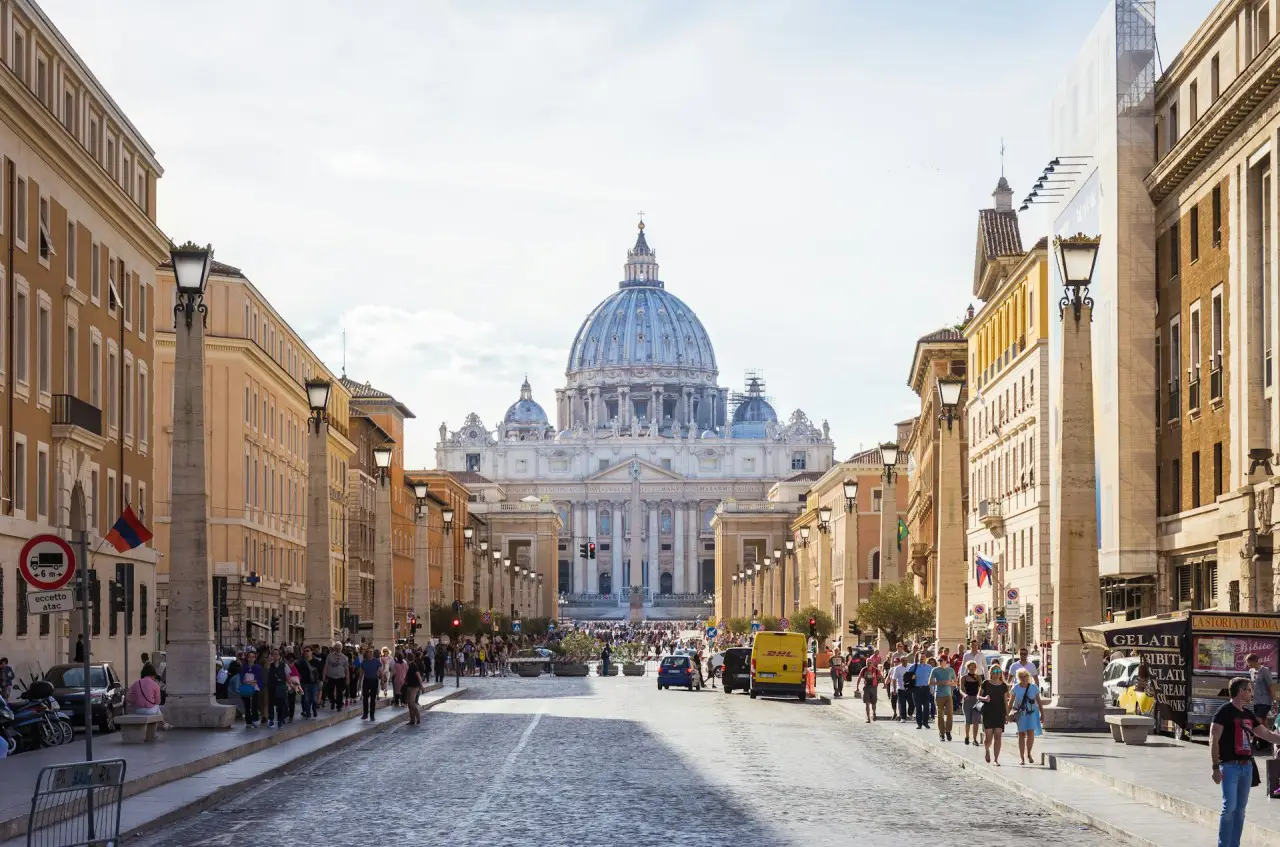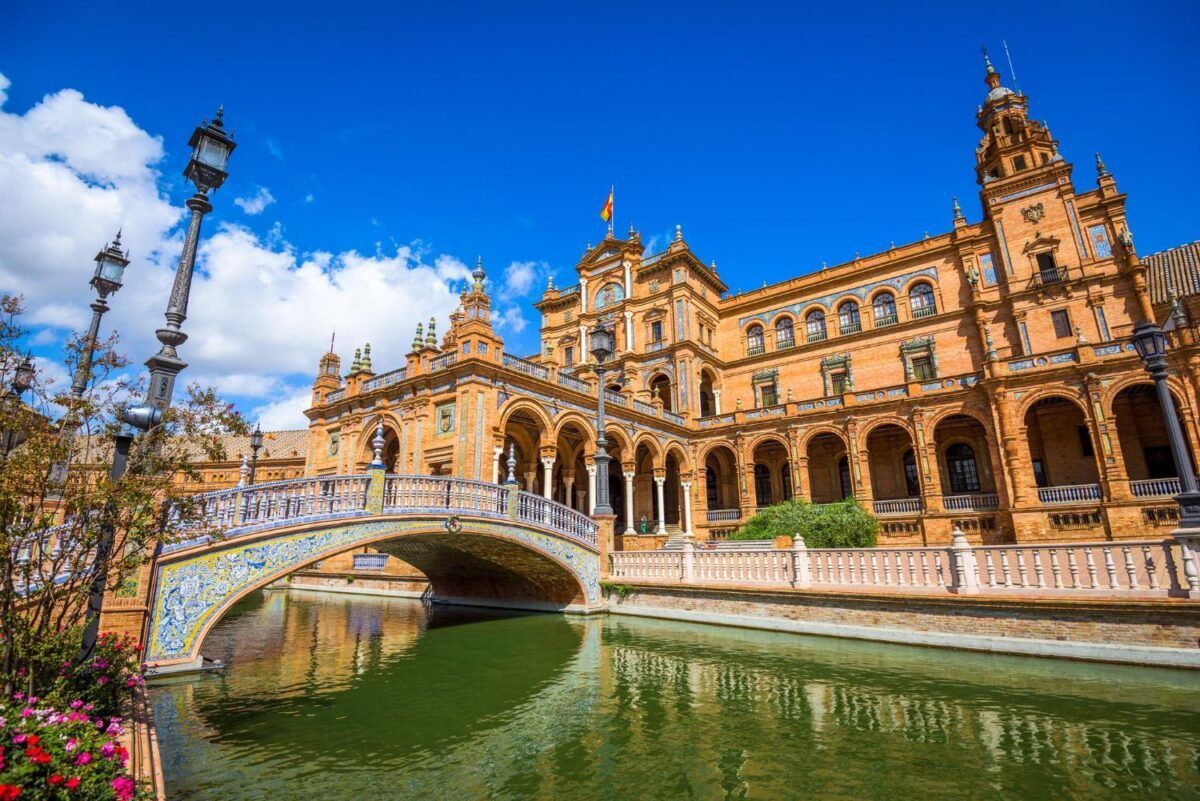The St. Nicholas Church and Museum, located in Turkey’s Demre district in the Mediterranean coastal province of Antalya, is becoming an increasingly popular tourist destination, attracting global interest.
Having been on the UNESCO World Heritage Temporary List for 23 years, the church is of great historical and architectural significance. The site, which sits within the ancient city of Myra, a Lycian settlement, features Middle Byzantine period architectural elements and decorations.
Excavations have been ongoing since 1989 in the Gokyazi neighborhood church where St. Nicholas, famously known as “Santa Claus,” lived, served, and was ultimately buried. As a focal point of Christian worship throughout the Middle Ages, the church continues to captivate the interest of the Christian community worldwide.
Visitors touring the church with a guide can learn about the life of St. Nicholas, the museum, and the rich cultural history of the region. Built as a basilica in the 4th century AD, the church has undergone many modifications and now showcases wall paintings that depict scenes from historical councils where pivotal decisions concerning Christianity were made.
Museum Director Nilüfer Sezgin informed Anadolu Agency that restoration and landscaping work has been completed over the last two years, without shutting down the church. She noted that the icons in the church have been restored and strengthened.
According to Sezgin, “The St. Nicholas Museum is the most visited archaeological site in our region. Though visitor numbers dipped during the pandemic, this year we welcomed 450,000 guests, and numbers are on the rise. We have tourists from Russia, Greece, and many European countries.”
Sezgin also highlighted that St. Nicholas was born in Patara in the 3rd century AD as the son of a wealthy merchant and moved to Demre in the early 4th century. The church was buried under alluvial layers following two major earthquakes in the 5th century AD but was later rebuilt and has stood the test of time.













